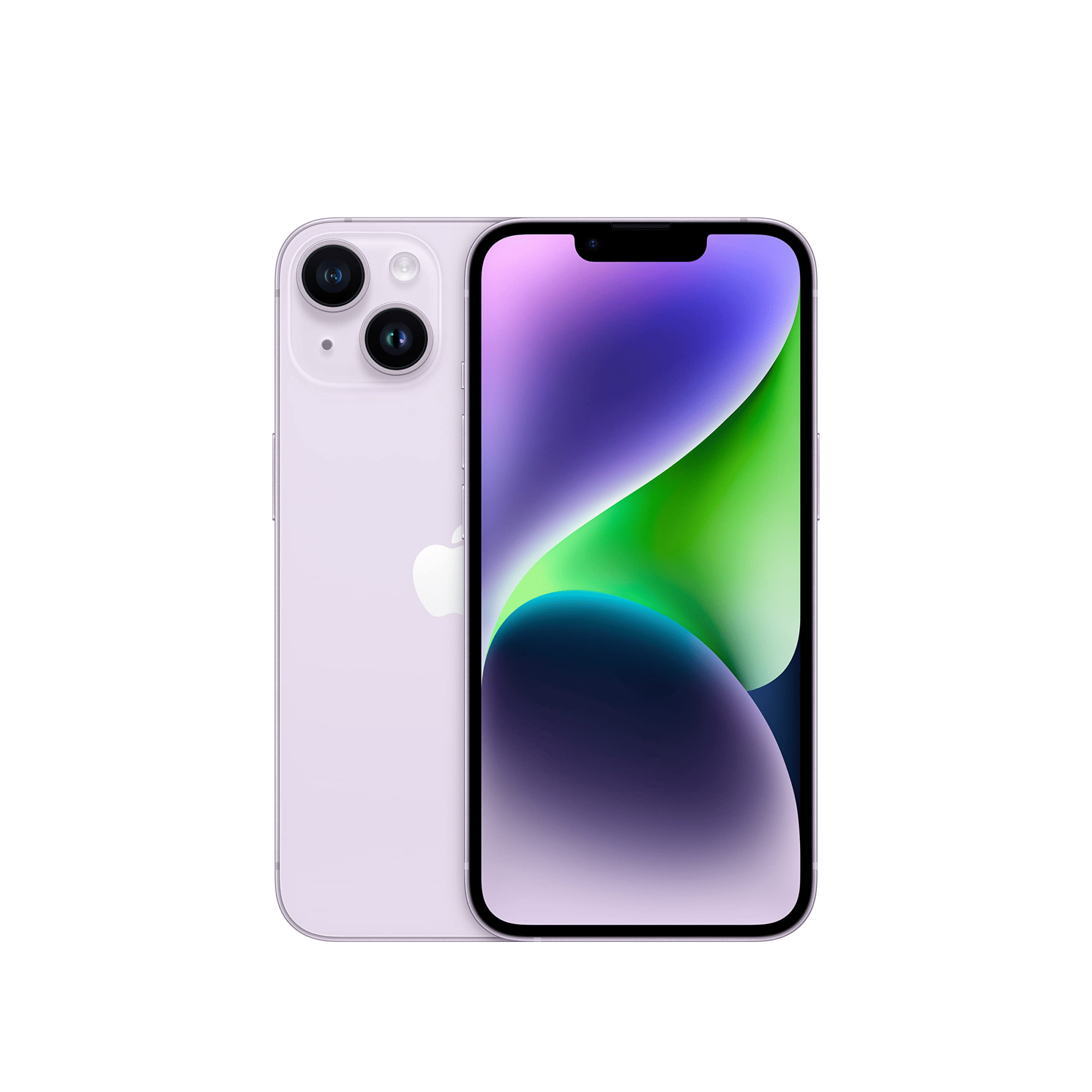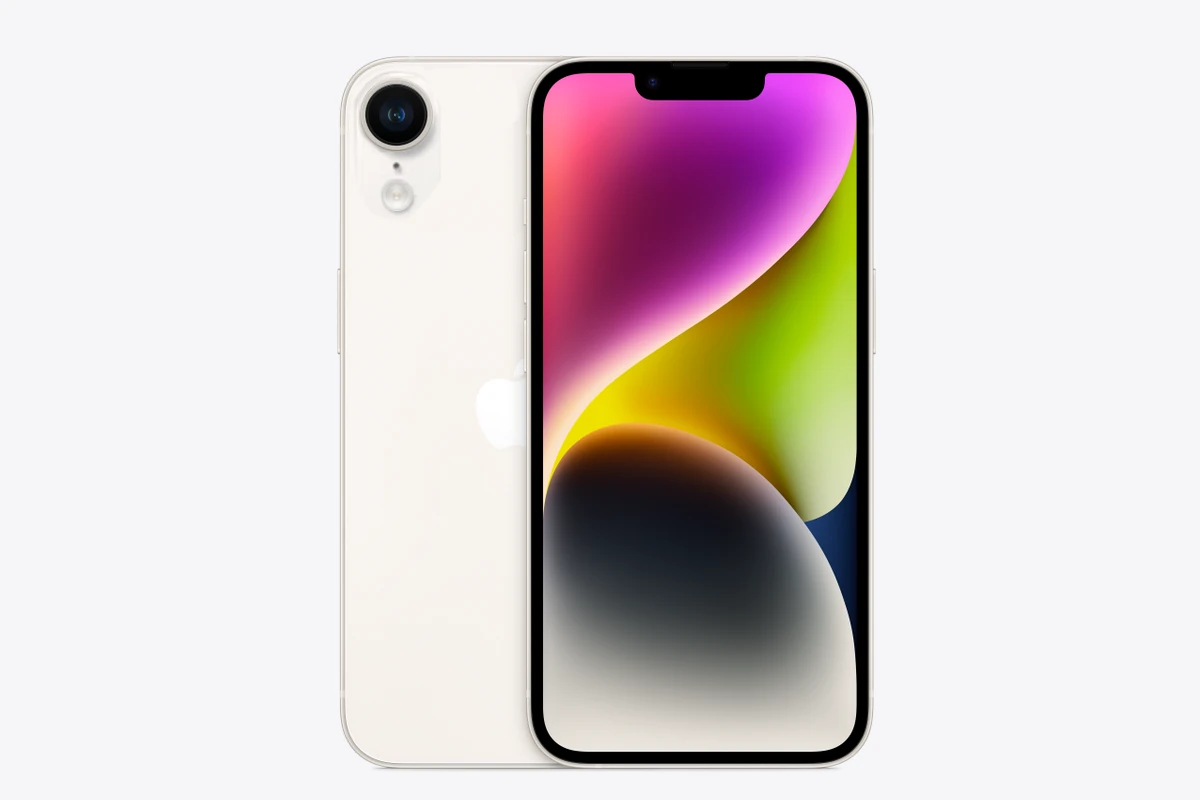The iPhone SE 4 is poised to shatter expectations for Apple’s budget-friendly smartphone line. Set for a potential release on February 19, 2025, the fourth-generation SE is more than just an incremental upgrade—it’s a bold reinvention that aligns the affordable iPhone with the sleek design language and powerful internals of its flagship counterparts. With the removal of the iconic Home button, the introduction of Face ID, and the integration of Apple’s cutting-edge A18 chip, the iPhone SE 4 is set to redefine what a budget iPhone can be.
A Modern Design with a Familiar Face
The iPhone SE 4 will reportedly borrow heavily from the iPhone 14, adopting a 6.1-inch OLED display with a notch to accommodate the Face ID sensors. This marks a significant shift from the previous SE models, which retained the classic iPhone 8 design with thick bezels and a physical Home button. The shift to an edge-to-edge display doesn’t just modernize the phone’s appearance; it also offers users more screen real estate without increasing the overall size. This change mirrors Apple’s broader trend of phasing out Touch ID across its smartphone lineup, aligning even the budget models with the company’s flagship aesthetics.

Performance Boost: The A18 Chip
Under the hood, the iPhone SE 4 will reportedly be powered by Apple’s next-generation A18 chip. While details about the chip remain speculative, it’s expected to deliver improved performance and energy efficiency thanks to its likely fabrication on TSMC’s advanced 3nm process. If this prediction holds, the A18 chip could bring significant enhancements to machine learning tasks, gaming performance, and overall system responsiveness—features typically reserved for high-end iPhones.
Additionally, the iPhone SE 4 is rumored to come with 6GB of RAM, up from 4GB in the previous model, giving it better multitasking capabilities. This hardware improvement suggests Apple is positioning the SE as a long-term performer capable of running iOS updates for years to come.
Face ID: A First for the SE Line
The inclusion of Face ID marks a significant milestone for the iPhone SE series. Since its inception, the SE line has relied on Touch ID for biometric authentication, a feature that was phased out from flagship devices with the launch of the iPhone X in 2017. By introducing Face ID to the SE lineup, Apple is standardizing its security measures across all iPhones, offering enhanced convenience and a more seamless user experience.
The Action Button: More Than a Gimmick
Another noteworthy addition is the customizable Action button, replacing the classic mute switch. Introduced with the iPhone 15 Pro, the Action button allows users to assign various functions, from launching the camera or flashlight to activating Focus modes or running Shortcuts. For a budget device, the presence of this feature underscores Apple’s effort to deliver premium functionality without the premium price tag.
Camera Upgrades and USB-C Connectivity
Rumors also point to a substantial camera upgrade, potentially featuring a 48MP primary sensor—a significant jump from the 12MP sensor found in the iPhone SE 3. This improvement would not only enhance photo quality but also bring better performance in low-light conditions and improved computational photography features, such as Smart HDR and Night Mode.
Furthermore, the iPhone SE 4 is expected to adopt the USB-C charging port, aligning it with the latest iPhone models and adhering to European Union regulations. USB-C promises faster charging, more versatile connectivity, and compatibility with a wider range of accessories.
Pricing and Market Impact
While Apple hasn’t confirmed the pricing yet, industry analysts predict a starting price of around $499. This slight price increase over its predecessor reflects the numerous hardware and design improvements. However, the iPhone SE 4 could become the go-to option for users who want modern iPhone capabilities without paying flagship prices.
With this new model, Apple aims to capture both budget-conscious consumers and those seeking a smaller, more manageable device that doesn’t skimp on features. The iPhone SE 4 represents a strategic shift, bringing innovations like Face ID, the Action button, and the A18 chip to the most affordable iPhone in the lineup. If these predictions hold true, the iPhone SE 4 may become one of the most compelling smartphone releases of 2025.
Key Takeaways
- The iPhone SE 4 adopts a modern design with Face ID and removes the Home button
- A powerful A18 chip and 6.1-inch OLED display enhance performance and visuals
- New features include a customizable Action button and edge-to-edge screen design
Revolutionary Design and User Experience
The iPhone SE 4 brings a complete redesign that modernizes Apple’s budget-friendly smartphone with premium features from recent flagship models. The new design eliminates legacy elements while adding cutting-edge technology and an enhanced display.
Elimination of the Home Button
The iPhone SE 4 removes the iconic home button, marking the end of an era for Apple’s smartphone design. This change creates space for a larger edge-to-edge display, maximizing the screen real estate.
The traditional mute switch has been replaced with a customizable Action Button, similar to the iPhone 15 Pro. Users can program this button for various functions like:
- Camera quick launch
- Flashlight toggle
- Voice memo recording
- Silent mode activation
Introduction of Face ID
Face ID replaces Touch ID as the primary biometric authentication method. The system uses advanced sensors housed in the display notch to create a detailed 3D map of the user’s face.
The Face ID sensors include:
- Infrared camera
- Flood illuminator
- Dot projector
- Front camera
This security system works in various lighting conditions and adapts to changes in appearance like glasses or facial hair. Face ID enables secure payments and app authentication with a simple glance.
Display and Build Improvements
The new iPhone SE 4 features a 6.1-inch OLED display that delivers vibrant colors and deep blacks. The screen includes Ceramic Shield protection for enhanced durability.
The device adopts a modern aluminum and glass design that feels premium while maintaining durability. The larger display shows more content and improves the viewing experience for:
- Videos
- Photos
- Games
- Web browsing
The notch houses Face ID sensors while maintaining a clean aesthetic that aligns with current iPhone design standards.
Hardware Enhancements and Pricing
The iPhone SE 4 brings major upgrades to processing power, memory, and authentication systems while maintaining its position as Apple’s budget-friendly option.
Advanced A18 Chip Performance
The A18 chip powers the iPhone SE 4, matching the processing capabilities of the iPhone 16 series. This chip delivers faster app launches, smoother multitasking, and enhanced gaming performance.
The new processor enables advanced AI features and improved computational photography. Users can expect better image processing and more responsive machine learning capabilities.
Battery efficiency sees improvements through the A18’s optimized power management system. The chip balances performance with energy consumption to extend daily usage time.
Increased Memory and New Features
The RAM doubles to 8GB from the previous model’s 4GB. This upgrade allows more apps to stay active in the background and improves overall system responsiveness.
Face ID replaces Touch ID for authentication, bringing modern security features to the SE line. The display notch houses the TrueDepth camera system needed for facial recognition.
Key hardware additions include:
- USB-C port for universal charging
- MagSafe compatibility for wireless charging
- 5G connectivity for faster mobile data
- Action Button replacing the traditional mute switch
Pricing Strategy Amid Upgrades
The iPhone SE 4 starts at $499, reflecting a $70 increase from the previous generation’s $429 starting price. The price bump accounts for the significant hardware improvements and new features.
Storage options affect the final price:
- 128GB: $499
- 256GB: $599
- 512GB: $699
The higher starting price positions the SE 4 as a mid-range option while maintaining a significant price gap from the standard iPhone lineup.
Frequently Asked Questions
The iPhone SE 4 brings significant upgrades in design, performance, and security features. Apple’s latest budget iPhone marks a departure from its predecessor with modern technology and enhanced capabilities.
What are the new features of the iPhone SE 4 compared to the 3rd generation?
The iPhone SE 4 replaces the home button with a notched display featuring Face ID authentication.
The device introduces the Action Button in place of the traditional mute switch, offering customizable functions.
The new model features an aluminum and glass construction with improved durability.
How does the battery capacity in the iPhone SE 4 compare to previous models?
Apple has increased the battery size in the iPhone SE 4 due to its larger display.
The device supports longer usage times between charges compared to the SE 3.
What are the available color options for the iPhone SE 4?
The iPhone SE 4 comes in classic Apple finishes including Midnight, Starlight, and Product RED.
These color options maintain the premium look while offering sufficient variety for personal preference.
What is the price range for the iPhone SE 4 in the United States?
The iPhone SE 4 maintains its position as Apple’s budget-friendly option.
The base model starts at $429, with higher storage variants available at increased price points.
What improvements does the A18 chip bring to the iPhone SE 4?
The A18 chip delivers enhanced processing power and improved energy efficiency.
This chip matches the performance capabilities of the iPhone 16 series.
The new processor enables better computational photography and smoother app performance.
How does Face ID in the iPhone SE 4 differ from the Touch ID in previous models?
Face ID uses advanced facial recognition technology housed in the display notch for secure authentication.
The system works in various lighting conditions and adapts to facial changes over time.
This biometric system offers hands-free unlocking, unlike the physical Touch ID sensor.







